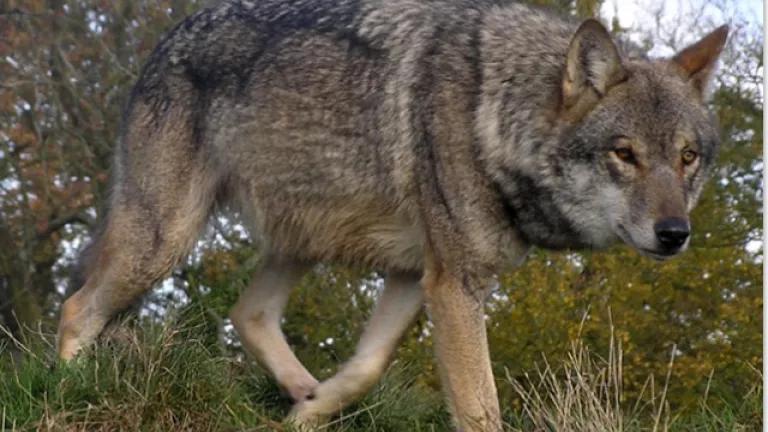
Der Spiegel online reported last week that Germany's wolf population is growing steadily and now includes some thirty wolves in Saxony, near the Polish boarder. The spread of wolves in Germany mirrors their expanding range elsewhere in Europe and mirrors the success of wolf conservation efforts in the United States.
But like the wolves of Yellowstone, at least some residents are concerned about safety and effect that wolves may have on local game. It's pretty amazing, really, how the same myths about wolves crop up whenever they try to make a comeback, whether it's in Spreewitz, Germany, or Cheyenne, Wyoming. As the head of the wolf bureau in Germany points out "danger of being harmed by a wolf tends toward zero." More fundamentally, wolves are an essential part of a healthy forest ecosystem, helping to control ungulate populations and helping everything from raptors to bears thrive in the forests they call home. Wolves also bring economic benefits with them as well--in Yellowstone National Park one study estimates that wolves add $35 million dollars to the local economy each year. If the Germans play their cards right, tourists could flock from all over Europe for a chance to see Saxony's wolves, wild and free.

